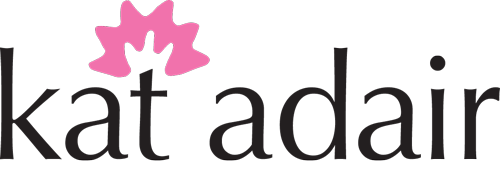Awhile back I started writing about 3D printing, and my exploration into a piece of software called ZBrush. It was the single most confusing piece of software I've ever tried to learn, but once you "get it," it's simply amazing. There are a lot of resources out there for learning, and the company's ZClassroom is pretty comprehensive. If you still have questions, you can go to Twitter and use the hashtag #AskZBrush, and they will answer with instructional videos on YouTube.
I've researched the different types of software available, and most "bench" jewelers that make mostly engagement-style jewelry are using something called RhinoGold, but the price tag is pretty hefty. If you want to add on the functionality of modeling with a virtual clay, it will set you back over $8,000.
But ZBrush wasn't made for jewelry. It's been around since the late 1990s, and primarily used for creating movie monsters and CGI effects. If you've watched any of the Marvel movies, or even Game of Thrones, you've seen things made with ZBrush.
So I've been working with the most recent version (as of Fall 2016), which is ZBrush 4R7, costing about $800. I understand 4R8 is coming, but a little surprise happened along the way...a new version called ZBrushCore. This new version is targeted at folks who want to get started with 3D modeling in ZBrush, who might not need all the bells and whistles, and who want a lower price. Voila! ZBrushCore is $199.
Click to enlarge
Feeling pretty advanced with ZBrush, at least where jewelry is concerned, I volunteered to give a demo to a fellow glass artist who is interested in using 3D printing to create specialized tools. At first I gave her a demo of ZBrush 4R7, well before the introduction of ZBrushCore. Then she came over for a quick intro lesson on the new software, and I was thrown off a little by some of the tools that are missing, but we still had a successful tutorial session, making some press molds for clay. But as you can see, the Palettes are significantly simplified.
After getting a chance to work more with ZBC, I found there are workarounds for someone working with jewelry designs. And Pixologic has also included some starting projects in the "Lightbox" for a signet ring, a plain band, and an engagement ring. There are also wonderful videos for getting started...the ring below is a variation of one of their tutorials. I added the bezel and stone, and hollowed out the back of the ring so that it would be lighter to cast. The new version also includes simplified exports for 3D printing, but I haven't tried those yet.
New Gizmo 3D tool
ZBrushCore is also limited to 30 different brushes, but the majority of them are the brushes I use most. I did try loading some of my favorite brushes from ZBrush 4R7, but I got a message that says that ZBrushCore only allows brushes created in that program. I'll have to look into that...can I make brushes? But it did let me load in my favorite materials (Shiny, Shiny Dirty, and Dirty Blue).
It was also missing some of the Clipping Brushes...most notably the ClipRect brush that I use frequently. I tried adding it, but it wasn't accessible. I also couldn't find the Close Holes function, but found that when a Dynamesh operation is performed, the holes automatically close. I really like the new Gizmo 3D tool that allows the user to more easily rotate, stretch, and resize the model, and look forward to that be added into the full version of ZBrush.
One other thing that might throw off an experienced ZBrush user is the masking brushes. At first you think that some of the mask brushes are missing, but check the Stroke options below the masking brushes, and you'll find your old friends. the Curve and Lasso options. Under the mask brushes, you'll also see the new additions of PerfectCircle and PerfectSquare. These were formerly checkboxes in the Stroke options, but adding them in as an easily accessible tool makes things really nice.
If you've got the extra money for the full version of ZBrush 4R7, I would recommend the full version, but if you're on a budget and just getting started, ZBrushCore is a great program that simplifies the learning process, and still produces models that can be easily printed in 3D.
I'll write more about this over the weekend, and create a tutorial on how to make a ring for YouTube. But if you're interested in digital sculpting, ZBrushCore is a great place to start!
Variation of silver ring from ZBrushCore's tutorials






